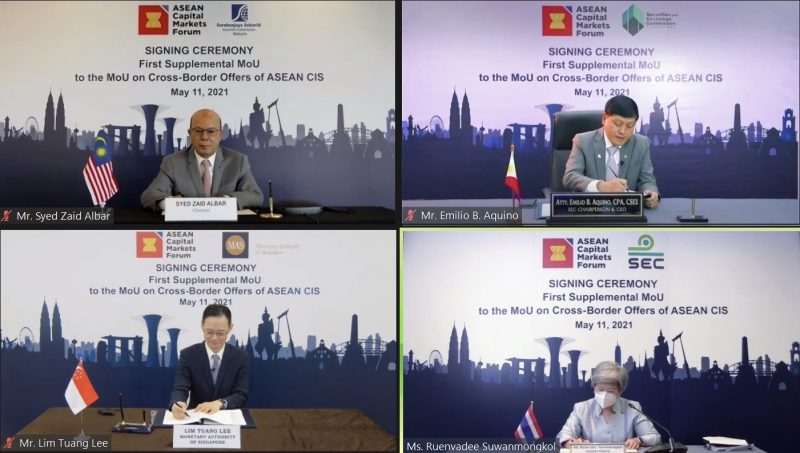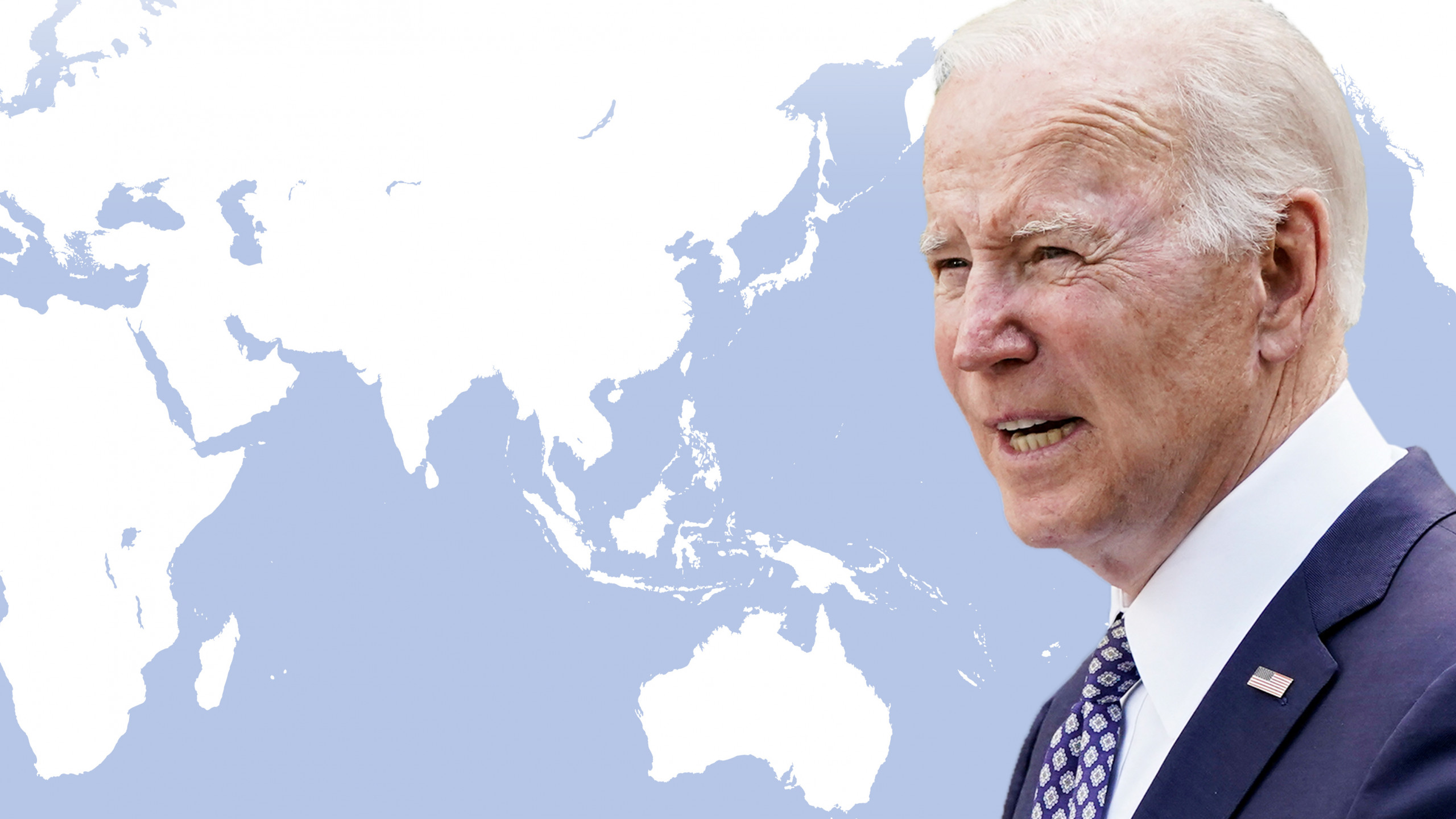The Philippines is now officially part of the ASEAN CIS framework and its entry into the scheme is the latest step towards enhancing capital market connectivity in the region.
Gli organismi di regolamentazione del sistema di investimento collettivo dell’ASEAN (CIS) hanno annunciato l’entrata delle Filippine nel framework. L’11 maggio 2021 i 4 membri hanno firmato un memorandum d’intesa supplementare che ha formalmente ammesso le Filippine nel framework e ha segnato la ben sperata espansione. Gli investitori delle Filippine saranno autorizzati ad offrire fondi nei paesi che partecipano all’ASEAN CIS framework. Così, le società di investimento delle Filippine inizieranno ad offrire fondi agli investitori in Malesia, Singapore e Thailandia. Ruenvadee Suwanmongkol, segretario generale del SEC tailandese, parlando del l’ingresso delle Filippine nel quadro, ha sottolineato l’importanza dell’ASEAN CIS framework con queste parole:
“Siamo lieti di accogliere le Filippine come nuovo firmatario dell’ASEAN CIS framework, che promuove una maggior interconnessione, inclusività e resilienza dei mercati capitali dell’ASEAN. Questo nuovo partenariato creerà maggiori opportunità commerciali e rafforzerà la cooperazione economica tra gli Stati membri dell’ASEAN, arricchendo, nel contempo, il pool di fondi disponibili per gli investimenti nell’ASEAN. Ci aspettiamo la partecipazione di più Stati membri dell’ASEAN in questo framework nei prossimi anni.”
ASEAN CIS framework è diventato ufficialmente operativo nel 2014. L’idea alla base dell’ASEAN CIS framework è che le unità di un fondo autorizzato in uno dei paesi partecipanti al CIS possono essere offerte in un altro paese CIS dopo l’approvazione di entrambi i paesi interessati. I risultati più evidenti di questa cooperazione sono la ridotta burocrazia e maggiori opportunità per la distribuzione transfrontaliera dei fondi, l’accesso ai prodotti, la diversificazione degli investimenti e delle alternative per gli investitori al dettaglio. Più nello specifico, ASEAN CIS framework è regolamentato attraverso una combinazione di leggi del paese d’origine del fondo e del paese in cui viene offerto il fondo straniero. Gli organismi di regolamentazione sono la Securities and Exchange Commission delle Filippine, l’Autorità monetaria di Singapore, la Securities Commission della Malaysia e la Securities and Exchange Commission della Thailandia.
One of the scopes of the ASEAN CIS is to facilitate and expand the possibility of collective investment schemes between the CIS’ countries that at the moment are Thailand, Malaysia and Singapore and the Philippines. Above all, the ASEAN CIS framework is born from the desire to obtain mutual fund recognition and to harmonize the offering of funds in Asian countries. In fact, many Asian countries do not recognise each other funds or do not have agreements to make their capital markets to collaborate. For example, the security and exchange commission of Thailand offers foreign funds through the ASEAN CIS Framework and through the Asia Region Funds Passport or foreign exchange traded. So, in Thailand foreign funds can be offered only through two methods. This again highlights the importance of the ASEAN CIS framework since for some countries is one of the few methods employed to allow for foreign funds. Moreover, this similar types of agreements start to be stipulated not only between ASEAN member states but also with other Asian countries. An example of this is Thailand, that early this year has announced the Hong Kong-Thailand Fund Passport that serves for the mutual recognition of funds.
More specific and technical information on this topic can be found at this link.






